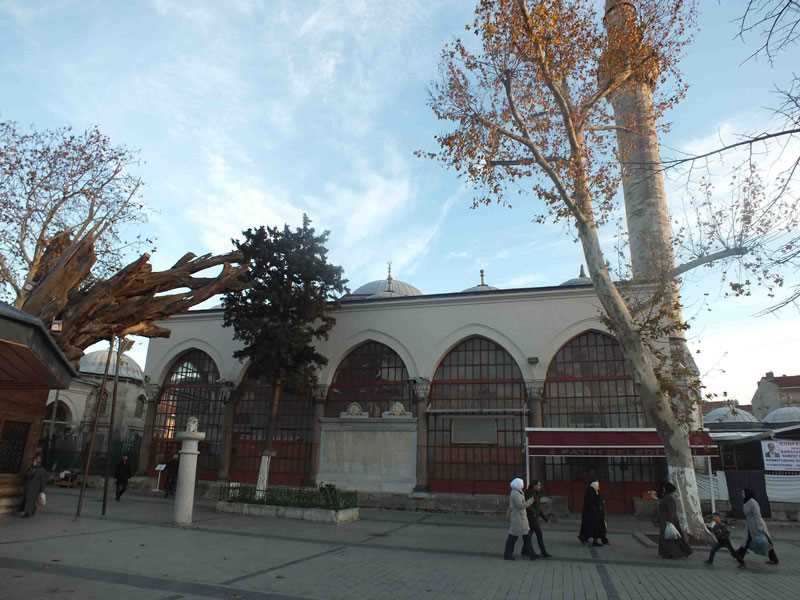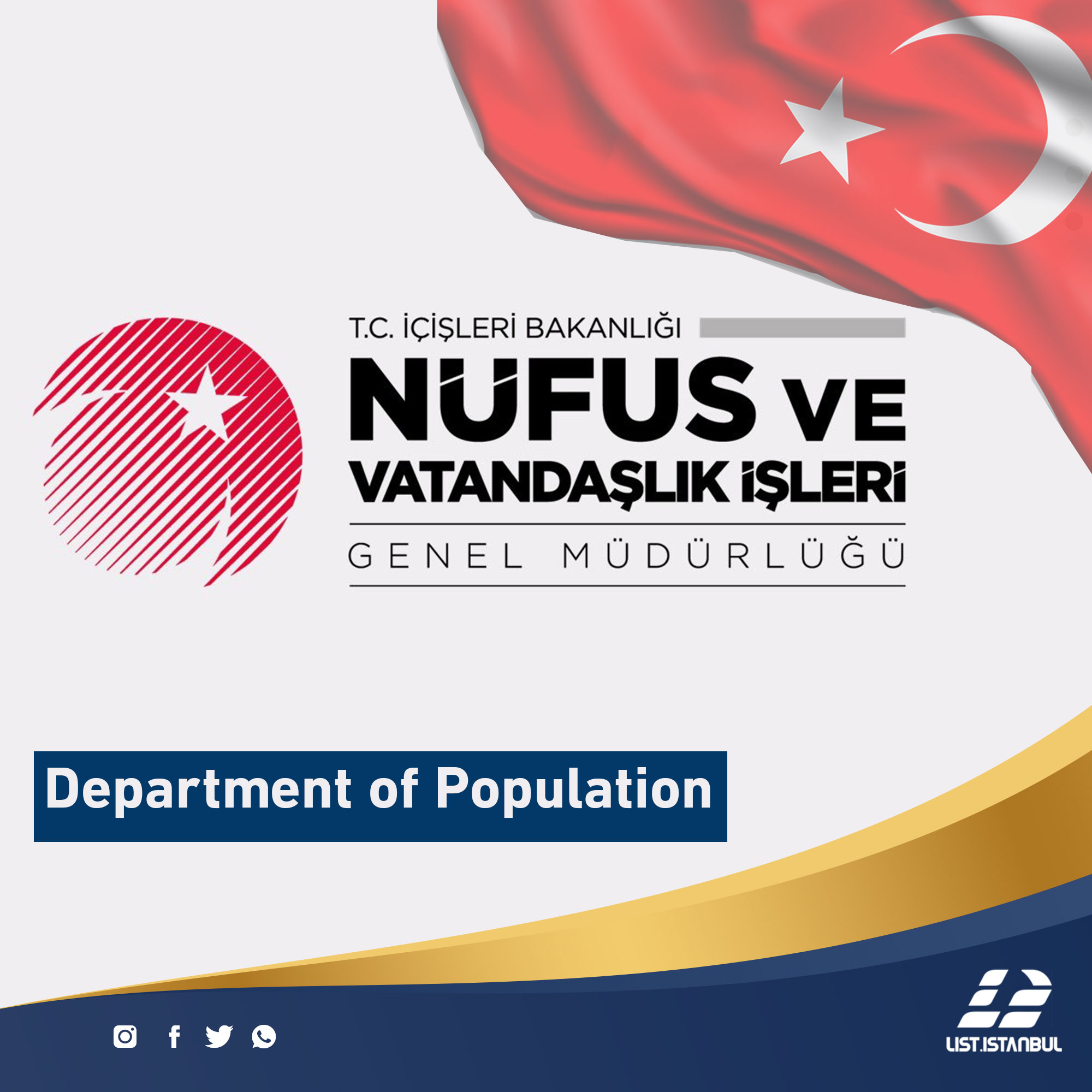Istanbul is a city full of alleys with the shrines of the righteous people of Allah, which we must pass and visit to bring peace to them or read them Al-Fatihah. Every neighborhood you go to in this city, where you find a tequila of the tents of the elders or shrines for them, and sometimes the visitor to the one who goes from the multitude and calls them and peace on their souls.
The tomb of Sumbel Effendi, a leading Ottoman scholar, has lasted more than 500 years and is an attractive place at all times.
Perhaps the maintenance work carried out by the municipality of Al Fateh in the mosque and the Altakia and beyond, and the proliferation of video recordings of Hafiz Ibrahim Yildiz young imam of the Sumbel Effendi mosque, reciting the Quran online, had a great role in introducing it and increasing movement in it.
One of the important factors that plays a role in the increase in interest and the demand for the place is that officials in the mosque to provide the soup for worshipers after the dawn prayer on Sundays as it was in the days of Sombel Effendi.
The real name of Sumbel Effendi is Yusuf ibn Ali, known as Sumbel Sinan, born in 1452 in Marzifon, northern Turkey. He obtained his early childhood in Esparta and then came to Istanbul.
Sombal Effendi grew up during the reign of Sultan Muhammad al-Fatih and practiced his role as a great scholar in the reigns of the sultans Beyazid II, Yawaz Selim and Sultan Sulaiman al-Qanuni. Sumbl Effendi decided to establish his residence in the place where the headquarters of the Grand Mufti (Prime Minister of the Ottoman Empire) Koga Mustafa Pasha converted one of the churches to a mosque and raised many scholars on his hand, including the center of his daughter Effendi in his grave in Zitin Borno, Istanbul. Somal Efendi, one of the pioneers of the divine way, moved to the mercy of God in 1529 AD and was buried in the courtyard of Tikrit.
Located in the center of the Kuja Mustafa Pasha district of Al Fateh district in the European part of Istanbul, the Sumpet Sombel Efendi is located in the courtyard of the large mosque surrounded by walls. There are three doors that open from the courtyard to the neighborhood. The tomb of the famous Ottoman calligrapher Hafez Othman And there is a tomb of two of the daughters of our master Hussein. It is said that the two girls, known as the Sultan, came with the honorable companions at the siege of Istanbul and moved to the mercy of God in Istanbul and were buried there.
In another account they are said to have been captured by the Byzantines during the conquest of Istanbul, one of them named Fatima and the other Sakina. Their tomb disappeared over time, but Sombel Effendi discovered the burial place. Sultan Mahmud II built the present grave.
It is likely that Jabir bin Abdullah (may Allah be pleased with him) planted this tree after the burial of the two sultans. The mosque during the Byzantine period was a church and was converted into a mosque by Kouja. Mustafa Pasha at the will of Sultan Bayezid II, and the mosque is accepted by many worshipers, and in particular has become full of worshipers in the dawn prayer in recent years, but it needs to be restored.
There are two institutes on both sides of the mosque, used as centers for teaching and memorizing the Koran, one for boys and the other for girls. In the courtyard facing the graves there is a tea garden and a library, and those who come to visit the mosque do not go without a cup of tea.








